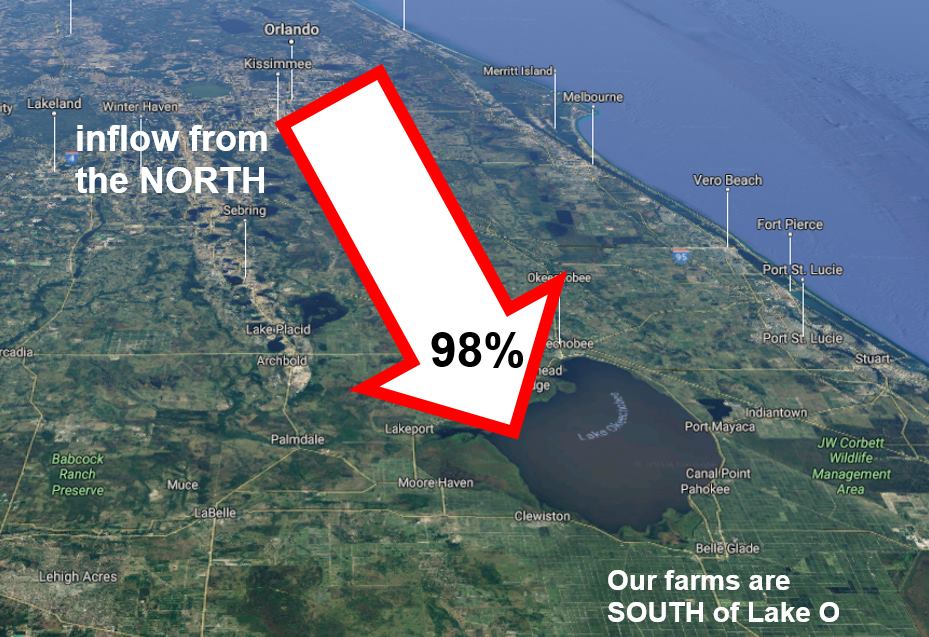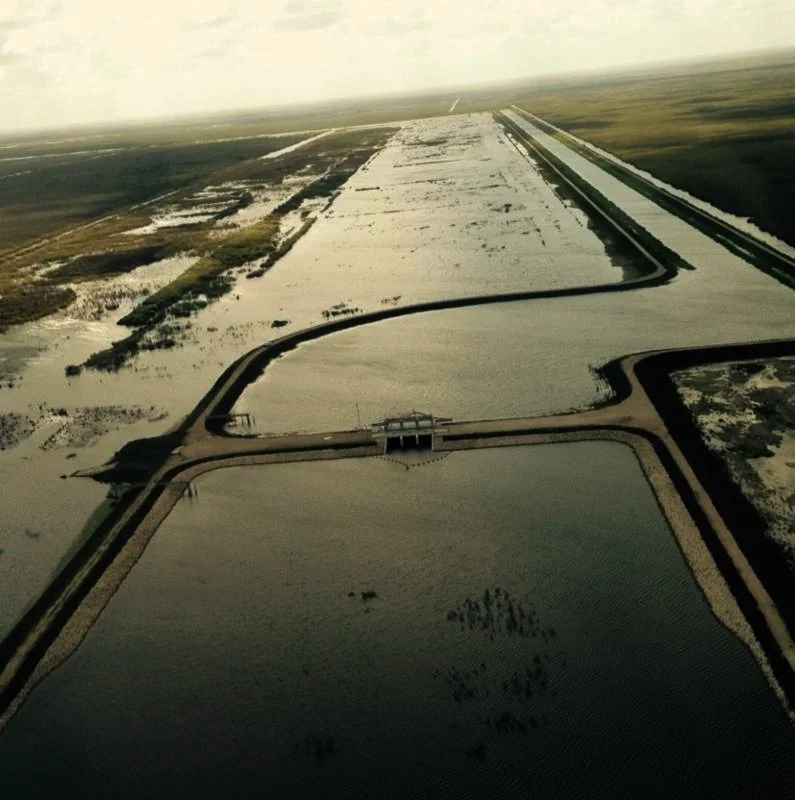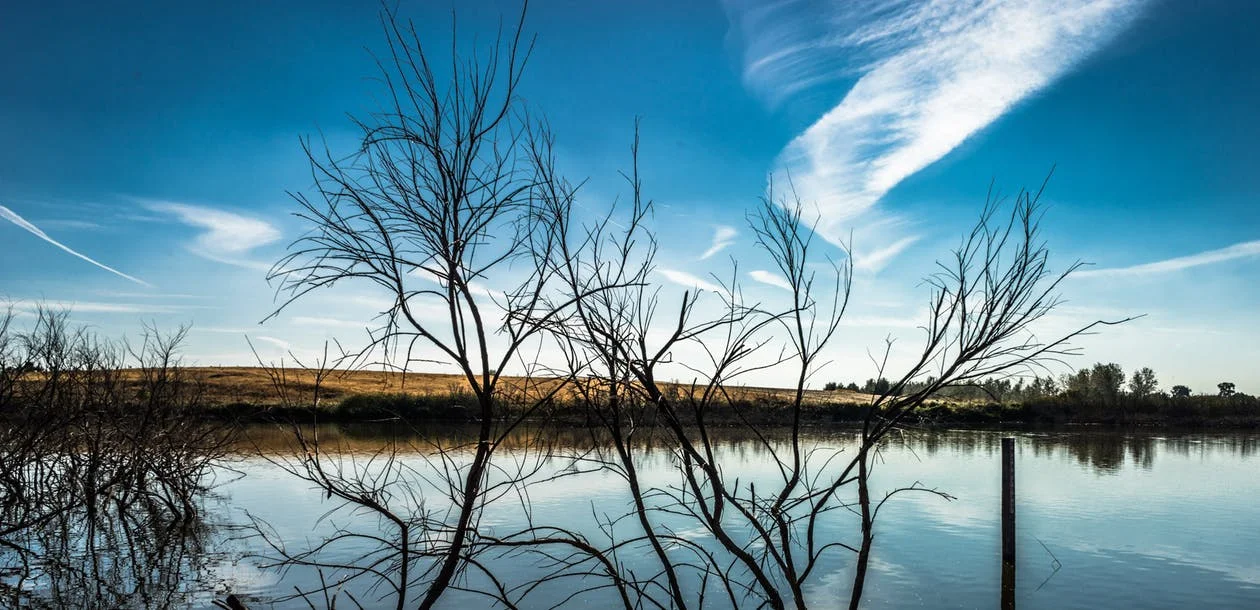#ProtectlakeO
Keeping balance in the ‘liquid heart’ of Florida: Lake Okeechobee
Lake Okeechobee’s water level is managed for: public health and safety, flood control, water supply, local basin runoff, current and forecasted weather conditions, ecological conditions of Lake Okeechobee and its surrounding areas, navigation, salinity and groundwater control, and recreation.
Should Lake Okeechobee should be kept artificially low during Florida’s dry months to protect the St. Lucie and Caloosahatchee estuaries?
Some parties believe revising the LOSOM, so that Lake Okeechobee is lowered to 10.5 feet during Florida’s dry months, is the answer to curbing harmful discharges of lake water to the coastal estuaries that take place in the wetter months, because Lake Okeechobee gets too full. We wholeheartedly disagree with this plan.
A 10.5-foot Lake Okeechobee would devastate South Florida!
If the U.S. Army Corps of Engineers were to lower Lake Okeechobee to 10.5 feet, it would…
Cut off water supply for agriculture users south of Lake Okeechobee, putting crops such as sugarcane, sweet corn, green beans, lettuce, radishes, rice, sod and many others that feeds hundreds of millions of Americans annually at risk
Threaten the back-up drinking water supply for more than 6 million Americans living on the lower east coast of Florida
Jeopardize the fresh water supply for the Florida Everglades
Close Lake Okeechobee to boat navigation and put jobs tied to fishing and recreation on the lake at risk
Create an ecological disaster for Lake Okeechobee, the second largest freshwater lake in the United States by threatening grass and fish habitats
Jeopardizes beneficial releases to the Caloosahatchee River to fight saltwater intrusion
#Slowtheflow campaign
Where do Lake Okeechobee Inflows come from?
Over the last five water years, 95%-98% of the water that came into Lake O, came from the Kissimmee River Valley, North of Lake Okeechobee.
A massive amount of water and nutrients enter Lake Okeechobee from the north. In 2017, Florida's Senate Bill 10 (SB10), the plan for an expedited reservoir south of Lake Okeechobee, provided tremendous amounts of attention, money and relief to coastal communities and estuaries.
Where does water leaving Lake Okeechobee go?
Advocates of SB10 were loud, active and very vocal about coastal waterways. Communities south of Lake Okeechobee got vocal in fear of our livelihoods when the bill called for taking 60,000 acres of farmland out of production to build the reservoir. Law makers heard our cries and amended the bill to instead use land already in public ownership for the project.
NOW it is time to solve Lake Okeechobee water problems, and focus on where heavy loads of water and nutrients are entering the system. We must restore the lake’s ecology and in turn, revive and enhance health of the businesses around Lake Okeechobee who depend on the lake and on the agricultural industry that is under false scrutiny.









